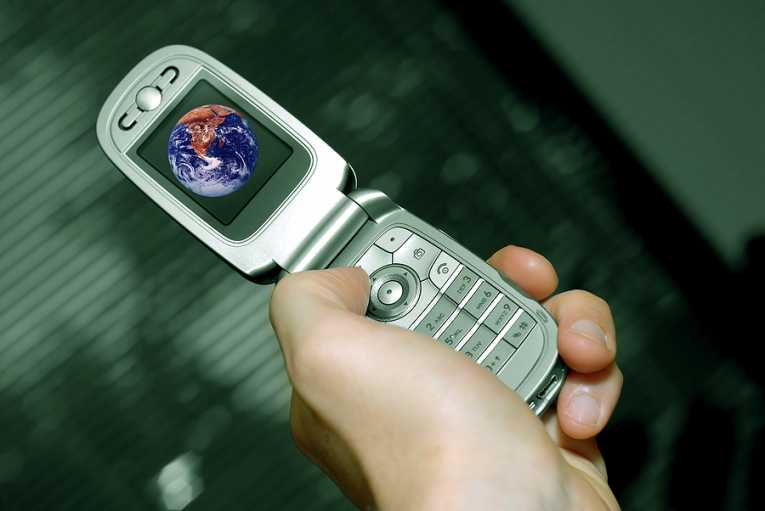It's the ultimate dream in green power on-the-go - having cellphones, flash-lights and laptops that power themselves, just from their owner's day-to-day movements. But for two scientists, from the University of Wisconsin-Madison, this eco-dream is anything but that. Instead it's a fast-approaching reality - thanks to their newly demonstrated energy-harvesting technique. Called 'reverse electro-wetting', this innovative technology could make battery-juggling and phone-charger blues a thing of the past, say the duo - Tom Krupenkin and J. Ashley Taylor - in this week's Nature Communications.
"Humans, generally speaking, are very powerful energy-producing machines," said Krupenkin 'What has been lacking is a mechanical-to-electrical energy conversion technology that would work well for this type of application." But they believe that this gap may now have been filled by their recent work. And not only could their suggested technology help to un-tether mobile devices from power cords - it could revolutionize the use of devices like cellphones in developing countries, where access to power can be a real issue.
Electro-wetting has been a hot research topic for the last few years. It involves making tiny liquid dots to move across surfaces, by applying varying electrical currents - in essence gaining mechanical energy from electrical energy. It has a number of hi-tech uses, from making fiber-optic switches and adjustable micro-lenses, to e-paper and the liquid 'lab-on-a-chip' applications favored by the bio-tech industry.
Filling the gap with foot-power
Reversing the process, however, opens a very different possibility - the production of electricity, from the natural movement of those same tiny liquid dots. The team's 'micro-fluidic device', stuck into the user's shoe, takes full advantage of this amazing property. It contains a nano-structured surface, mixed up with a countless number of liquid micro-droplets. As the user walks, and strikes the ground, these droplets interact with the specially-shaped surface, so producing the electrical charge.Although only a fraction of the energy produced by walking is captured - typically up to 20 watts - that matches the power needs of many mobile devices. They are poorly served, at the moment, by energy from the grid, needing frequent recharging of clunky batteries. Solar and other 'traditional' renewable approaches are also rarely practical for those on the move. "What's been missing is the power in the watts range," said the reports co-author, Taylor. "That's the power range needed for portable electronics."
After proving the practicality of the 'reverse electro-wetting' concept, through a National Science Foundation Small Business Innovation Research grant, they are now looking to commercialize the technology. Two applications stand out as good candidates for walking-power. First, a new generation of devices could be powered directly from the shoe-to-gadget. That could cover smart-phones, radios, GPS units, flash-lights and and laptops; but these would require a lead to supply power from the foot.
Faster, lighter, fitter?
An alternative use would be for the shoe-borne energy-harvester to power just the WiFi component of wireless devices like cellphones. The WiFi component would be placed alongside energy-harvester. Connecting to the network is a massive power-drain for cellphones and the like. If the energy-harvester is handling that, by providing the connection itself, cellphones would be able to become much more light-touch in their energy use. Battery life could be massively lengthened. "You cut the power requirements of your cellphone dramatically by doing this," says Krupenkin. "Your cellphone battery will last 10 times longer."
All told, the technology promises to reduce power-use, free-up electrical gadgets and cut back on the pollution and waste problems burdening the disposal of millions of dead batteries. And, just maybe, the fitness of the 'smart-phone generation' could soar too - especially when a quick jog round the block will help to keep your vital little device fully charged.
Top Image Credit: Copyright Yanc










